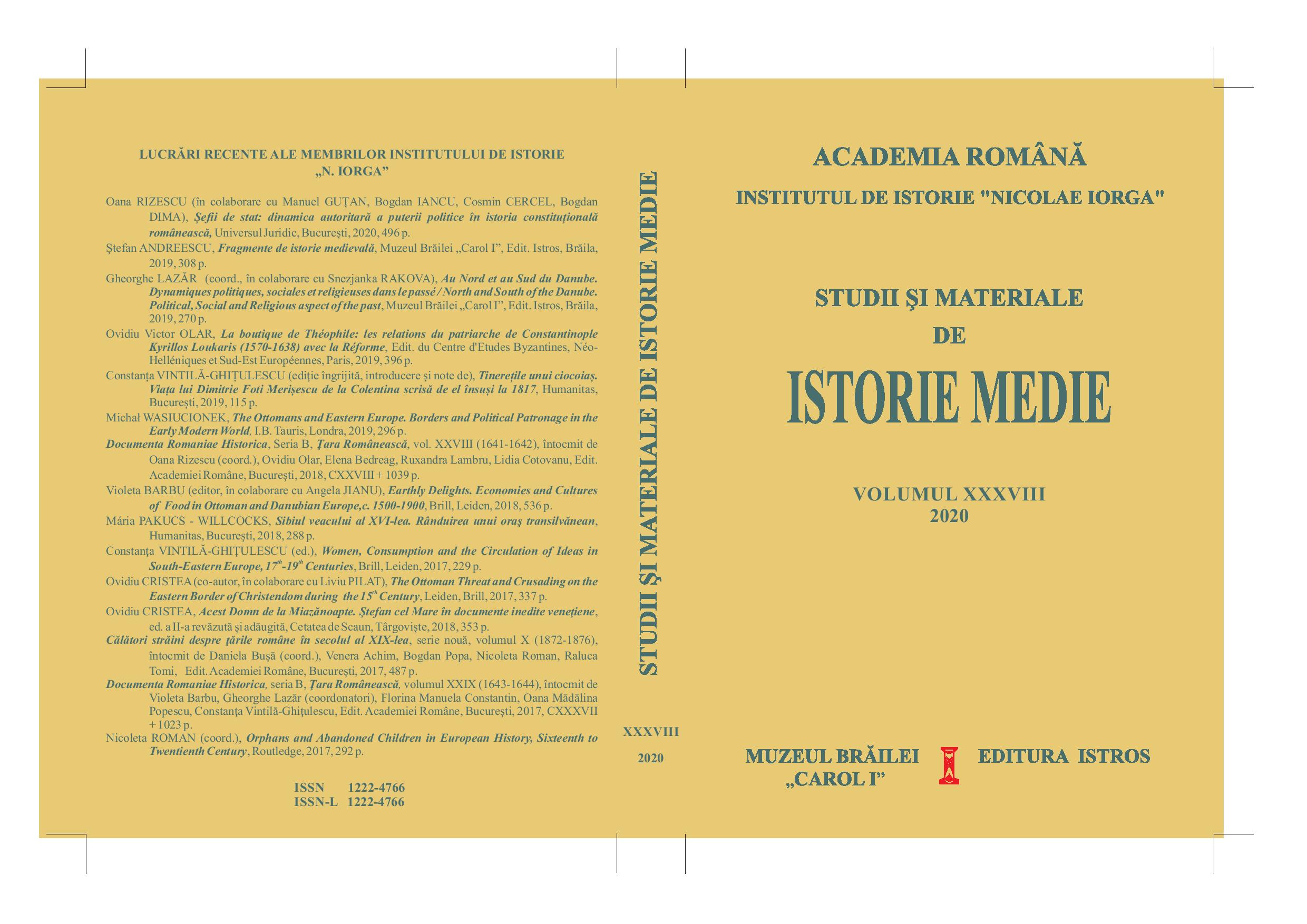„OAMENII VOȘTRI – OAMENII NOȘTRI”. O REȚEA SOCIALĂ MUNTEANO-TRANSILVĂNEANĂ LA MIJLOCUL SECOLULUI AL XVI-LEA
“Your Men – Our Men”. A Transylvanian- Wallachian Social Network around Mid-16th Century
Author(s): Marian ComanSubject(s): History, Diplomatic history, Local History / Microhistory, Political history
Published by: Institutul de Istorie Nicolae Iorga
Keywords: Wallachia; Transylvania; social networks; Ottoman Empire; 16th century; slavery;
Summary/Abstract: The article focuses on a letter sent by a Wallachian noble, Mogoș, to the Transylvanian communities of Sad and Cisnădie/Heltau, around 1530. The letter was meant to pass on a message to the Saxons from Sibiu/Hermannstadt, whose lands had just been raided by the same Wallachian boyar. In order to defuse the Saxons’ unavoidable distrust, Mogoș adopted a complex rhetorical strategy, emphasising the in-group political solidarity, based on the common Christian faith and on a shared historical past, and endorsed by a social neighbourhood network. Mogoș stressed the Wallachians’ dependence on the Ottoman Danube pashas and blamed the Ottomans for commanding and supervising the raid. The messengers were as important as the message, as Mogoș chose as emissaries two highlanders from the mountains in-between Wallachia and Transylvania. The two envoys, Micul of Râmești and Toma of Măldărești already mediated a deal between Mogoș and the communities from Sad and Cisnădie. It was actually through their intervention that the two villages were left unrobed by Mogoș’s raid. The two men were supposed to deliver the message to the Romanian community of Sad, which was to pass it on to the Saxons of Cisnădie and from there, if everything went well, further on to Sibiu. The study reveals the two trans-frontier social networks that crossed paths in the Wallachian region of Vâlcea, towards mid-16th century. The first one connected the Vâlcea highlanders with the Transylvanian Romanian and Saxon communities from the Sibiu region; the second one connected the Vâlcea lowlander noblemen with the Ottoman Danube pashas. Mogoș’s letter captures a moment when these two networks made contact.
Journal: Studii şi Materiale de Istorie Medie (SMIM)
- Issue Year: XXXVIII/2020
- Issue No: XXXVIII
- Page Range: 163-179
- Page Count: 19
- Language: English, Romanian
- Content File-PDF

